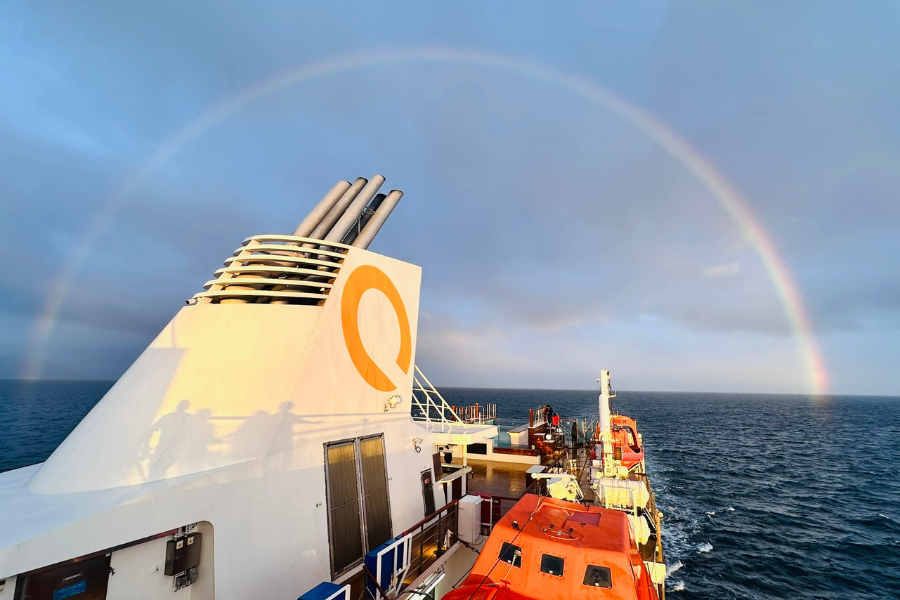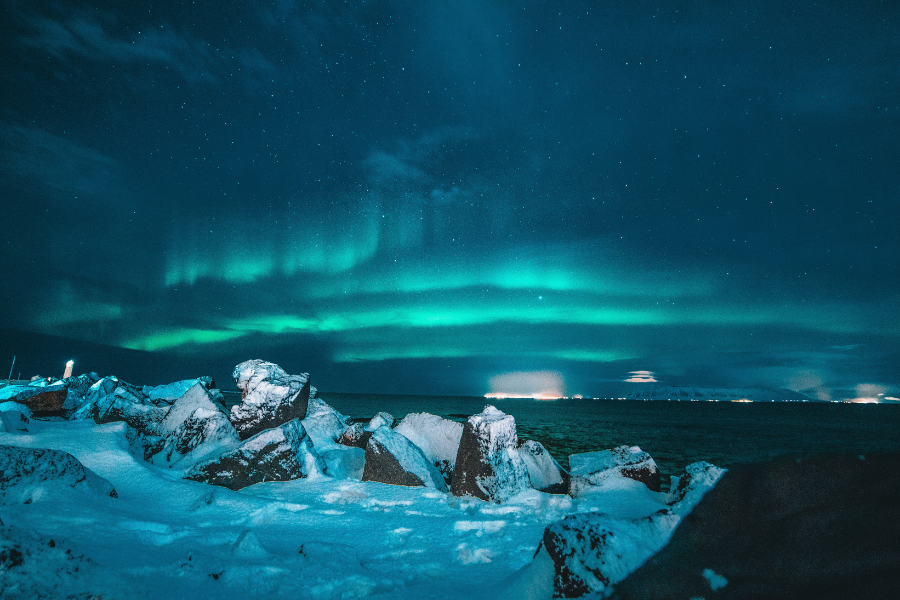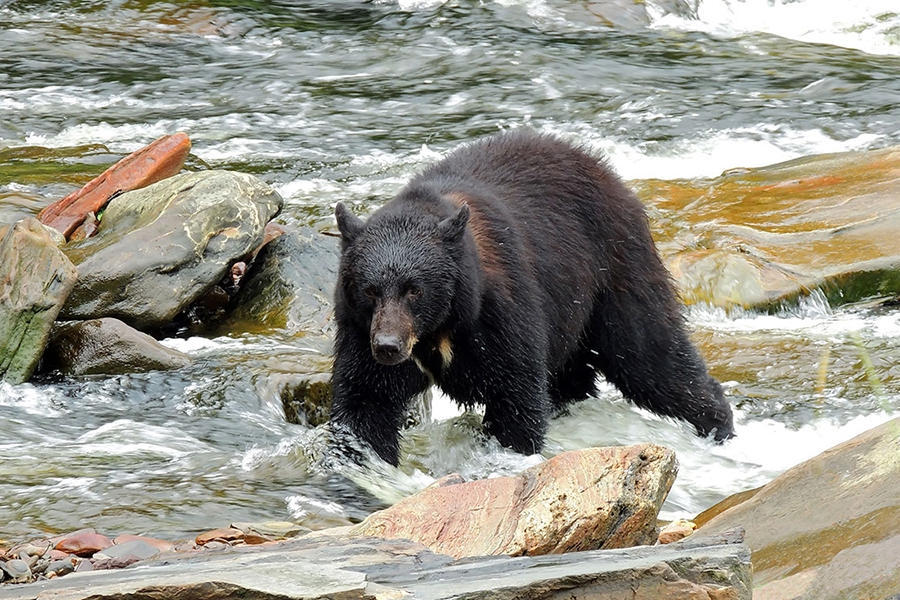
Wonderful Wildlife of Alaska
Alaska is a destination for true explorers and wildlife enthusiasts. With immense glaciers, deep fjords and vast stretches of wilderness, its scenery alone never fails to impress visitors. But it is the wildlife that people really come to see...
The waters of Alaska are teeming with life. There are nine different species of whale in Alaska but the most common you will likely see are Orca and humpback whales. The Orca, or killer whale, is a skillful predator with a varied diet that live in pods, and usually remain in its family unit for life, with each pod having its own ‘language’ in the form of a specific Orca dialect.
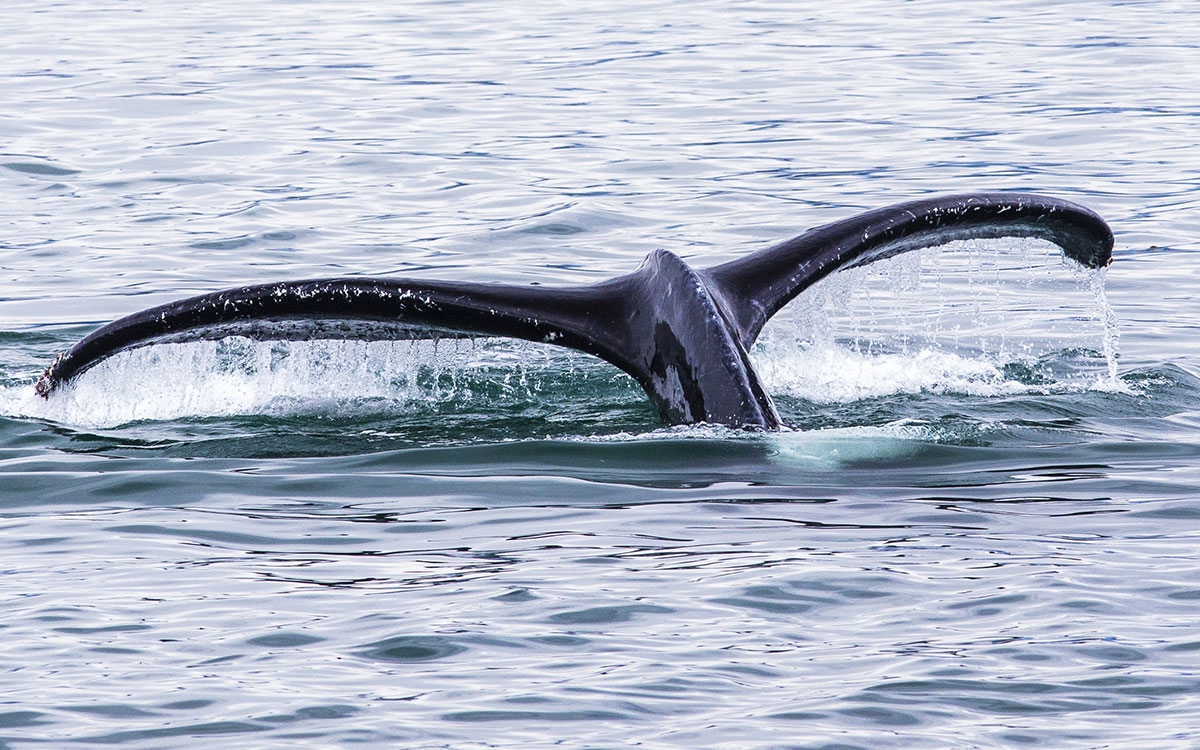
Humpbacks come in great numbers to Alaska to feed on the rich waters full of krill.. a humpback’s favourite food…and it may well consume a ton of these in a day! Whale watching in Alaska is special since you can find different species of whales here in the warm months. Humpback, gray, Minke, and orca whales all inhabit the waters around the state. The best time to see these majestic marine mammals is from June until August. But from April to May, you can witness the great gray whale migration through Alaskan waters. They go north to the Arctic Ocean in search of food, and watching them is a spectacular experience.
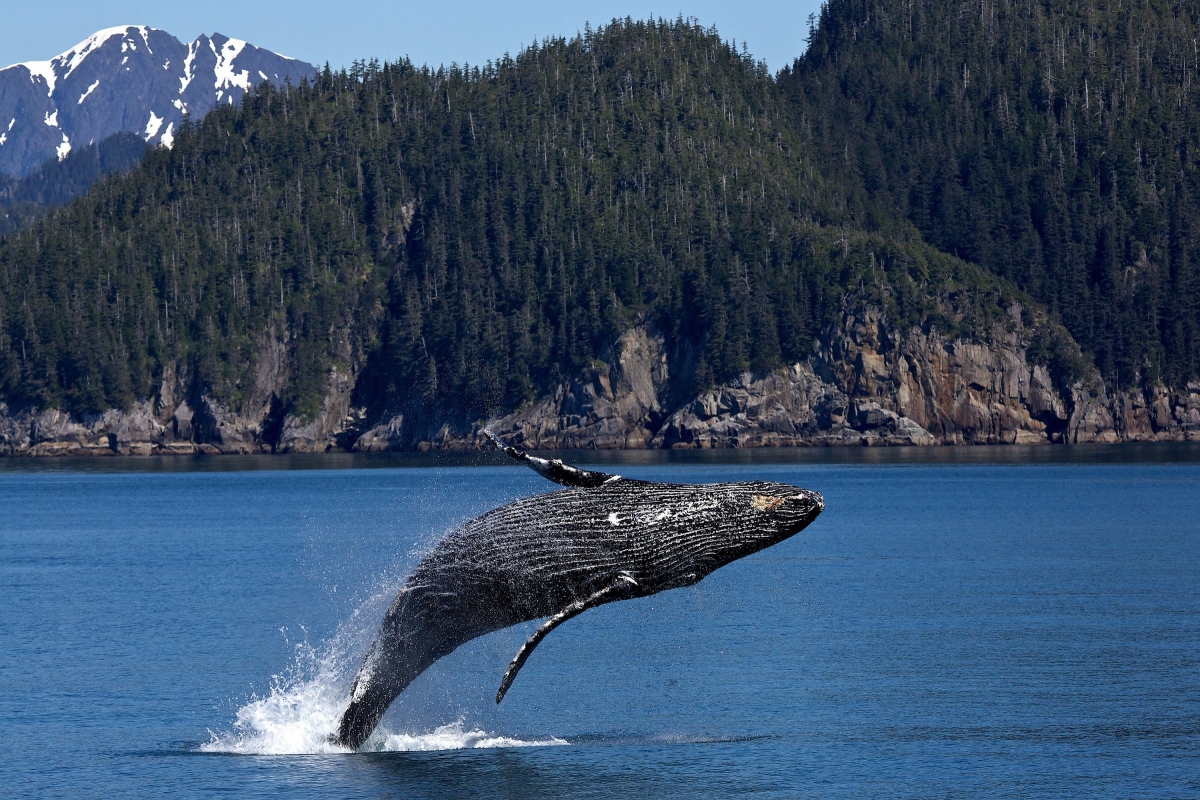
Alaska’s vast stretches of intact habitat attract birds from far away and provide important habitats to more than 500 birds, including geese, ducks, gulls and puffins, as well as pigeons, doves and swifts. But even tiny hummingbirds have been seen here. On the larger end of the scale, there are albatrosses, pelicans, falcons and two different types of eagles;
The Bald Eagle, Alaska’s largest resident bird of prey with a wing span of up to 7.5 feet (2.3m). Found only in North America, Bald eagles are more abundant in Alaska than anywhere else in the United States where the population is estimated at 30,000 birds. The Golden Eagle Whilst these birds are not quite as common as Bald Eagles, you still have a good chance of seeing one in Alaska.
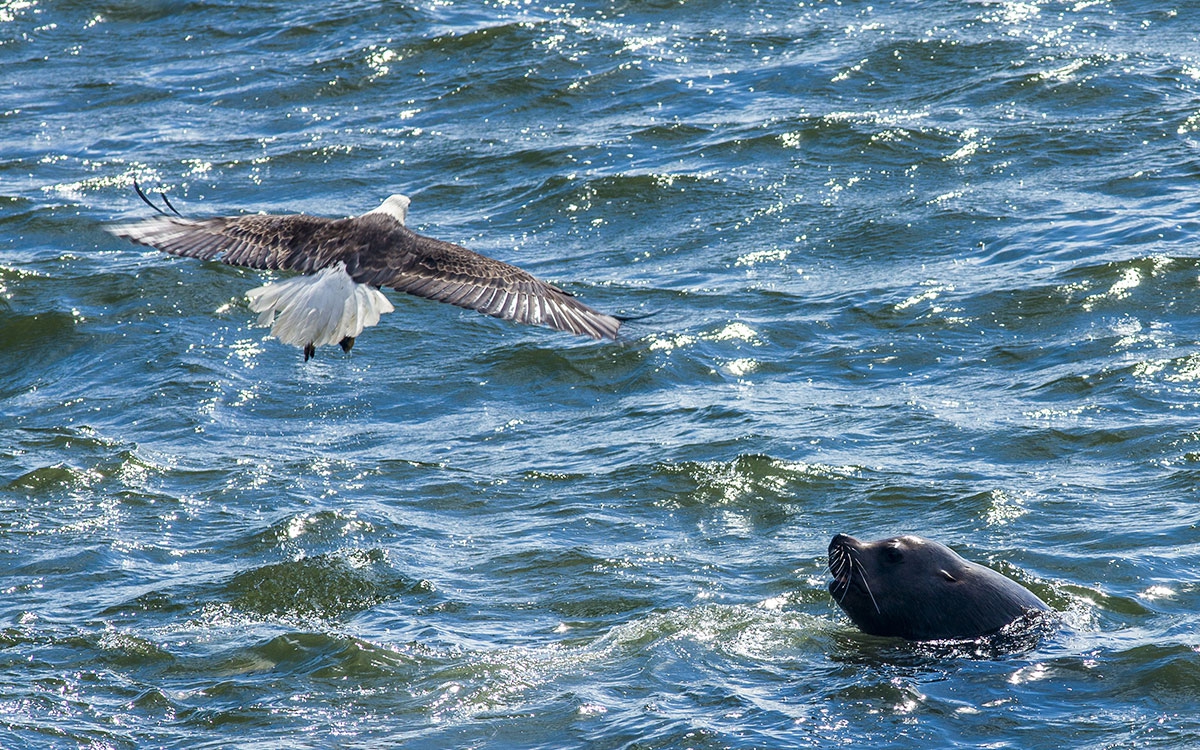
On land, look for moose and caribou wandering the forests. The male Alaskan moose is also called ‘giant moose’ for a reason, as it can stand seven feet at the shoulder! The moose is usually solitary and comes in contact with other moose for mating or competition for mates. A bull moose is normally not aggressive, but during mating season in autumn and winter…beware!
The Caribou is North America’s reindeer and is the only member of the deer family in which both sexes grow antlers. There are about 750,000 wild caribou on Alaska’s treeless tundra in 32 recognised herds. They migrate together and return to the same place each year to calve and search for food.
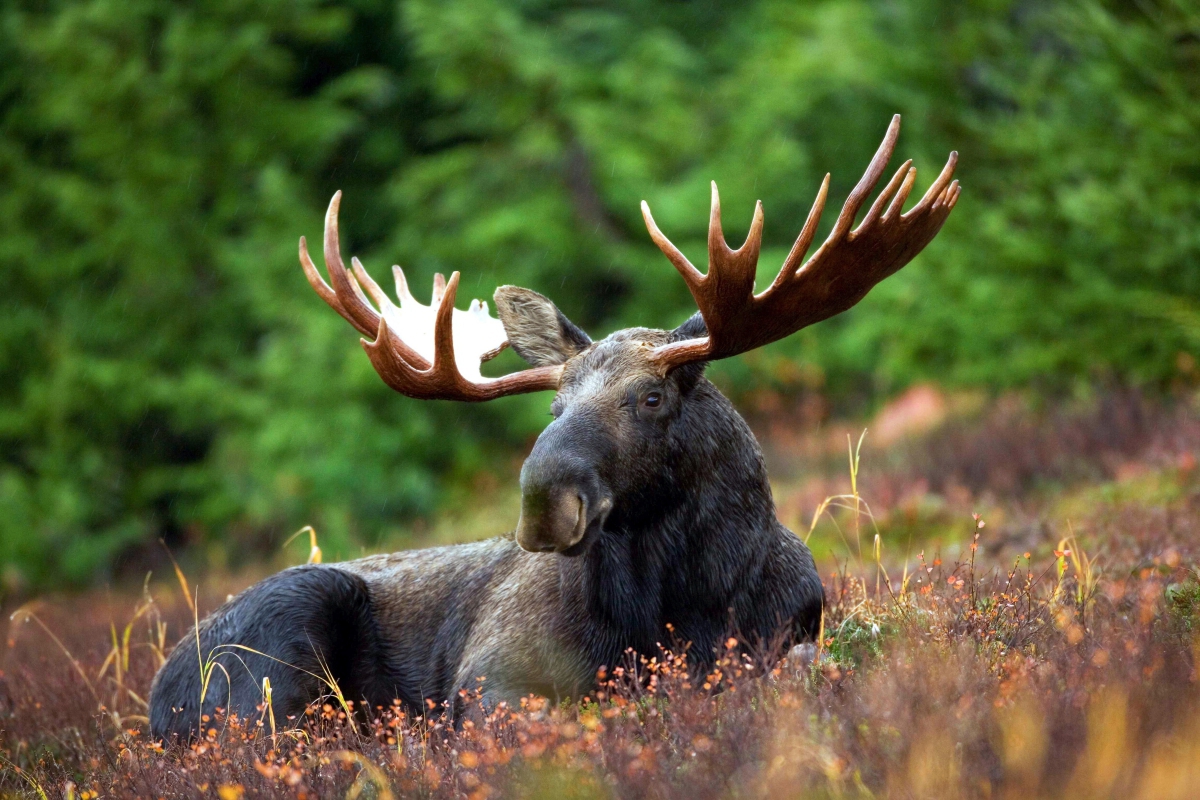
But Alaska’s big draw is really its bears! Alaska is bear country and all species of North American bears flourish here: grizzly, brown and black bears. In the north, polar bears roam. The brown bear is common in the coastal areas – in the interior they are called grizzly bears. They are very large and can weigh from 350 to over 500 kilos.
Spotting bears isn’t guaranteed, but with more than 40,000 brown/grizzly bears and 100,000 black bears roaming wild your chances are quite high!. There are a number of Alaska bear viewing opportunities available to visitors and a trip to Denali National Park is one of the most popular areas in Alaska to view bears in their natural habitat. Each year tens of thousands of Alaska visitors board buses to travel all or part of the 90 mile road that travels deep into Denali Park. While bear sightings in Denali are by no means a sure thing, most visitors do see bears in Denali, although sometimes at a distance.
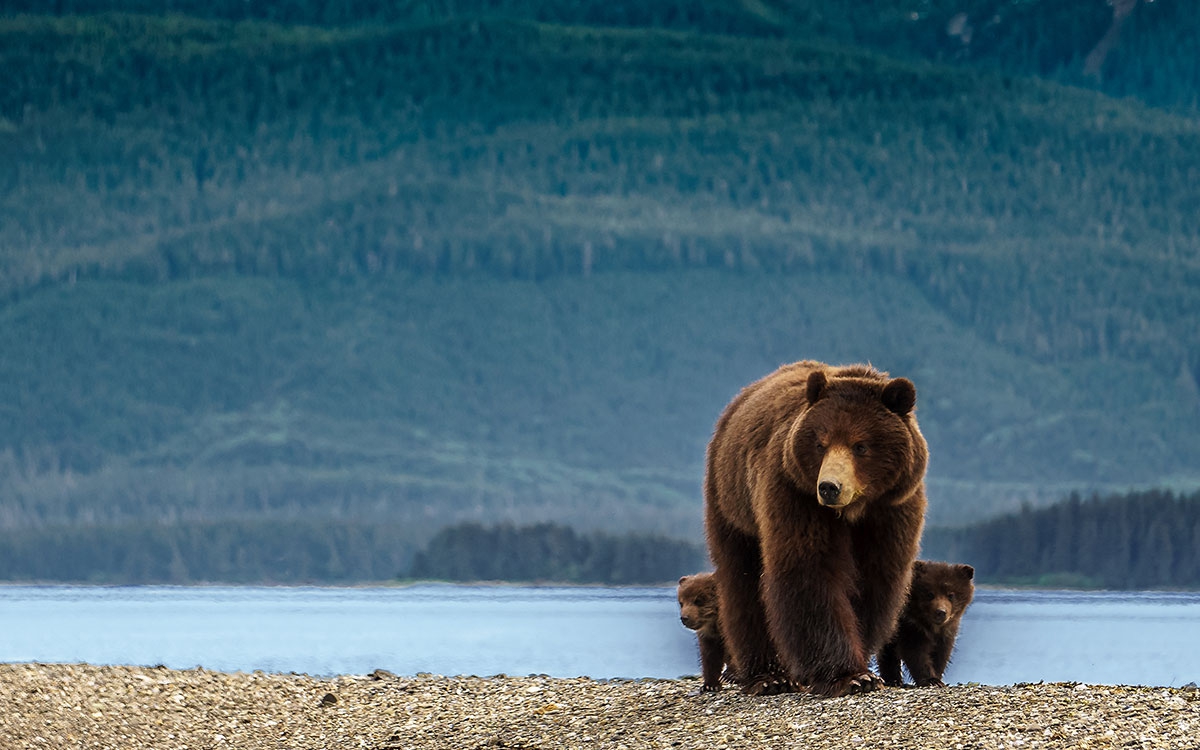
So if Alaska is on your bucket list, then make it happen in 2022 with fabulous expedition cruises from some of our partners, including Scenic Eclipse, Aurora Expeditions, Hurtigruten Expeditions, Silversea, and Seabourn.
Want to experience this? Give the Panache Cruises team a call on 0161 513 8200 and they'd be happy to help!



